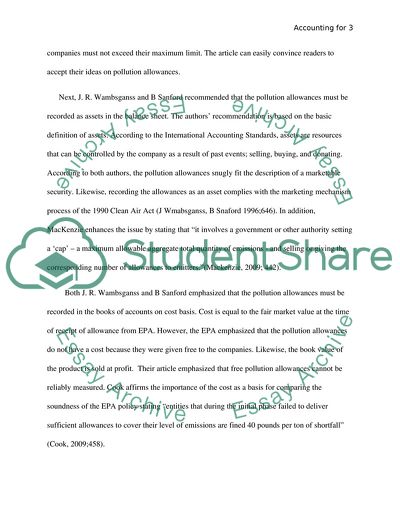Cite this document
(Accounting for Corporate Accountability Literature review, n.d.)
Accounting for Corporate Accountability Literature review. Retrieved from https://studentshare.org/finance-accounting/1744093-accounting-for-corporate-accountabilityrequired-critically-evaluate-the-argument-that-pollution-allowances-represent-assets-that-should-be-reported-on-the-balance-sheets-of-companies-entitled-to-such-allowances
Accounting for Corporate Accountability Literature review. Retrieved from https://studentshare.org/finance-accounting/1744093-accounting-for-corporate-accountabilityrequired-critically-evaluate-the-argument-that-pollution-allowances-represent-assets-that-should-be-reported-on-the-balance-sheets-of-companies-entitled-to-such-allowances
(Accounting for Corporate Accountability Literature Review)
Accounting for Corporate Accountability Literature Review. https://studentshare.org/finance-accounting/1744093-accounting-for-corporate-accountabilityrequired-critically-evaluate-the-argument-that-pollution-allowances-represent-assets-that-should-be-reported-on-the-balance-sheets-of-companies-entitled-to-such-allowances.
Accounting for Corporate Accountability Literature Review. https://studentshare.org/finance-accounting/1744093-accounting-for-corporate-accountabilityrequired-critically-evaluate-the-argument-that-pollution-allowances-represent-assets-that-should-be-reported-on-the-balance-sheets-of-companies-entitled-to-such-allowances.
“Accounting for Corporate Accountability Literature Review”, n.d. https://studentshare.org/finance-accounting/1744093-accounting-for-corporate-accountabilityrequired-critically-evaluate-the-argument-that-pollution-allowances-represent-assets-that-should-be-reported-on-the-balance-sheets-of-companies-entitled-to-such-allowances.


